In the ever-evolving realm of education and learning, where info flows perfectly and accessibility to expertise is just a click away, student-driven encyclopedias are becoming a dynamic device in the discovering process.

These systems not only provide students with a database of details however additionally urge them to contribute, I need some help please. Write a function rule to describe each statement… the cost in dollars of printing dollar bills when it costs 3.8cents to print a dollar bill. the amount of money you earn mowing modify, and curate content, promoting a collaborative and interactive understanding atmosphere.
As instructional standards shift towards even more participatory and comprehensive versions, the idea of student-driven encyclopedias symbolizes this improvement. These systems equip trainees to become energetic individuals in understanding creation, connecting the gap between conventional textbook knowing and modern digital resources.
The Idea of Student-Driven Encyclopedias
Student-driven encyclopedias are electronic systems where students collectively collect, verify, and disseminate information on a broad range of topics. Unlike typical encyclopedias, which are typically composed by specialists, these platforms leverage the joint efforts of trainees to produce a thorough body of expertise.
At their core, student-driven encyclopedias are made to grow critical thinking, research study abilities, and digital proficiency amongst trainees. By taking part in the procedure of material creation, pupils discover to browse and assess info critically, abilities that are vital in today’s information-rich culture.
In addition, these systems act as a space for students to discover their passions and share their expertise. This autonomous strategy to expertise development makes certain that a varied range of point of views and voices are represented, enriching the finding out experience for all participants.
- Students get hands-on experience in research and web content creation.
- Urges cooperation and peer interaction.
- Advertises a much deeper understanding of topic.
- Fosters inclusivity and variety in understanding representation.
In essence, student-driven encyclopedias change pupils from easy receivers of info right into active contributors, instilling a feeling of possession and obligation in their instructional trip.
Advantages of Student-Driven Encyclopedias
Among the principal advantages of student-driven encyclopedias is the growth of essential 21st-century skills. As students participate in the process of content creation, they hone their crucial thinking, digital literacy, and communication skills, every one of which are critical in today’s interconnected world.
In addition, these systems motivate a collective knowing setting, where trainees can work together to verify info, discussion different perspectives, and co-edit articles. This peer-to-peer interaction not just boosts learning outcomes yet also promotes a feeling of neighborhood and shared respect among students.
Additionally, student-driven encyclopedias use a platform for showcasing trainee job. As trainees add to the encyclopedia, they develop a portfolio of their research study and writing, which can be vital for additional scholastic and professional pursuits.
Obstacles and Limitations
Regardless of the countless benefits, student-driven encyclopedias additionally face certain challenges. Guaranteeing the accuracy and reliability of info is paramount, as these platforms rely upon contributions from trainees who might not yet possess expert-level expertise.
- Preserving content top quality and accuracy.
- Giving appropriate guidance and assistance.
- Making sure fair accessibility and inclusivity.
To reduce these obstacles, many student-driven encyclopedias execute a system of checks and equilibriums, where material is evaluated by educators or professionals before magazine. This makes certain that the information provided is both precise and trustworthy, supporting the stability of the system.
The Future of Student-Driven Encyclopedias
As innovation ask and learn q&a remains to development and the landscape of education and learning advances, the capacity for student-driven encyclopedias is vast. These platforms have the ability to not just enhance standard instructional resources however additionally redefine the method expertise is obtained and shared.
In the future, we may see student-driven encyclopedias incorporating more advanced innovations such as artificial intelligence and artificial intelligence to improve material curation and customization. In addition, they might broaden beyond textual details to consist of multimedia material, providing an extra immersive understanding experience.
Equipping the Next Generation
Student-driven encyclopedias hold the pledge of empowering the future generation of students. By positioning pupils at the helm of knowledge development, these systems motivate long-lasting knowing, inquisitiveness, and intellectual independence.
Finally, as academic systems continue to introduce, student-driven encyclopedias stand as a testament to the power of collaboration and the value of trainee company in the learning process. By accepting these systems, we open the doors to an extra inclusive, engaging, and vibrant academic experience for all.


